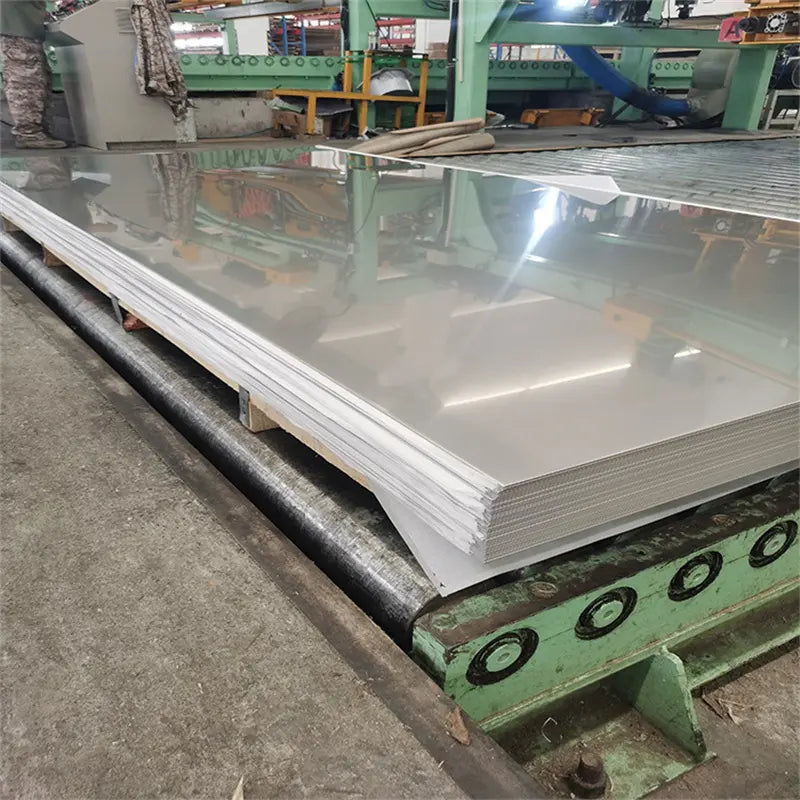420 Stainless Steel Sheet
420 Stainless Steel Sheet
Contact form
420 stainless steel is a martensitic grade containing 12% chromium, which provides it with commendable corrosion resistance properties. Its best performance in terms of corrosion resistance occurs when it is hardened and has a ground or polished surface. This grade exhibits good ductility in the annealed condition but can be hardened up to 500 HB, making it one of the hardest among chromium grades. While martensitic steels are known for their high hardness, they often have poor weldability, requiring considerations for a final hardening and tempering treatment. Additionally, 420 stainless steel is magnetic, and welding is generally not recommended.
Applications
Key applications for grade 420 stainless steel include:
- Shear blades
- Needle valves
- Surgical equipment
- Cutlery
Standards
420 stainless steel conforms to the ASTM A176 Standard Specification for Stainless and Heat-Resisting Chromium Steel Plate, Sheet, and Strip.
Heat Treatment
- Annealing: For maximum softness, heat uniformly to 1500 – 1650°F (816 – 899°C) and cool slowly in the furnace.
- Stress Relieving: Heat at 300 – 800°F (149 – 427°C) for 1 to 3 hours, then cool in air or quench in oil or water.
- Hardening: Preheat, then heat to 1800 - 1950°F (982 – 1066°C), soak at temperature, and air cool or quench in warm oil.
Corrosion Resistance
Under hardened conditions, grade 420 stainless steel shows resistance to fresh water, alkalis, air, foods, and mild acids. It performs exceptionally well when the surface is smooth. However, its corrosion resistance diminishes when in the annealed condition, and it is lower than that of grade 430 ferritic alloys, grade 410 steels, and other austenitic grades. This steel is commonly used in cutlery, such as carving knives and table knives. Although it has good corrosion resistance against food, continuous exposure to unwashed food substances can lead to pitting corrosion.
Heat Resistance
Grade 420 stainless steel exhibits scaling resistance at temperatures up to 650°C. However, it is not suitable for temperatures exceeding the standard tempering range.
Machining
420 stainless steel can be easily machined in its annealed state, but machining becomes challenging when the hardness exceeds 30 HRC. For easier machining, grade 416, a free-machining alternative, is often recommended.
Welding
Welding of 420 stainless steel is limited due to its hardenability. To prevent cold cracking, preheating to 550°F (260°C) is essential, and post-weld heat treatment is advisable to achieve the desired properties. This grade generally exhibits poorer weldability compared to the more common Type 410 alloy, largely due to its higher carbon content, which necessitates both preheat and post-weld treatment. When welding filler material is required, AWS E/ER 420, 410 NiMo, and 309L are commonly specified.
Stainless Steel Sheet Stock
For those looking for high-quality materials, 420 stainless steel sheet suppliers offer a range of options. Additionally, if you’re in need of specific products, there are 420 stainless steel sheets for sale that meet various industrial needs.
Share


